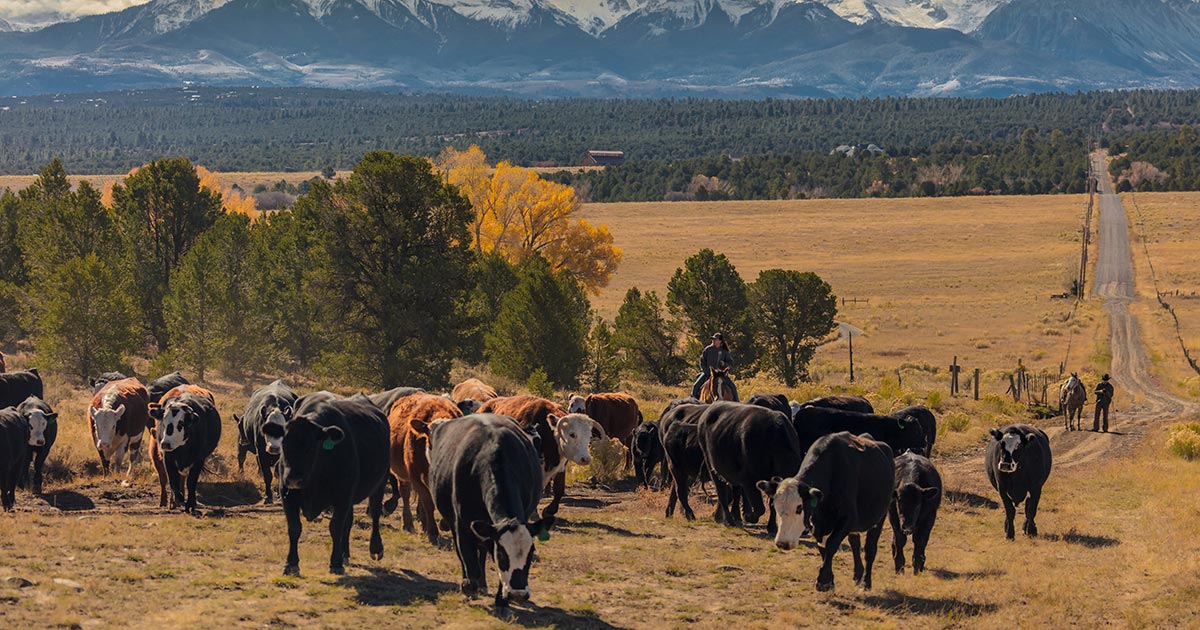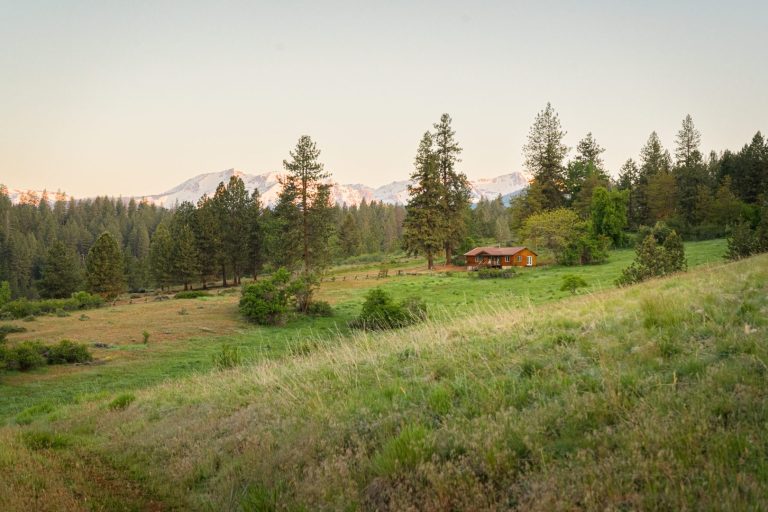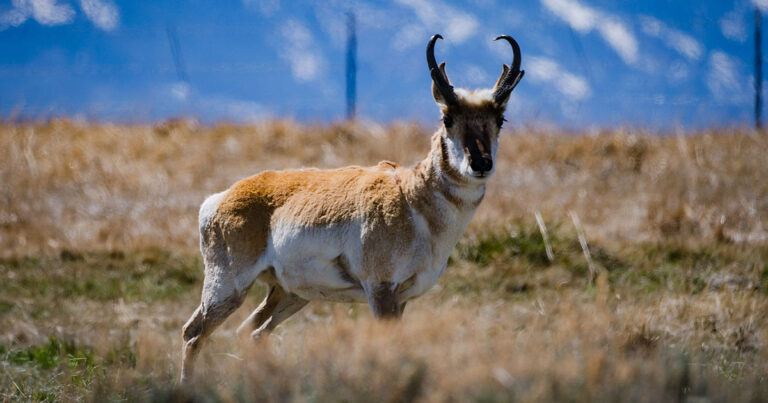As early as the 1800s, Texan cowboys moved into western Colorado, taking advantage of the vast grassland areas that created a welcoming environment for raising cattle. In that time, the eastern plains of the state had been inhabited by Cheyenne and Arapaho Indians, and were soon opening to white settlers, where the Native American tribes would be moved onto reservations. The cattle ranching industry would not fully develop until the gold rush era, when many miners who failed in their pursuit of finding wealth in the ground decided to turn to raising cattle. The state created an all-natural pasture and although the work was much harder than anticipated, the industry took off and continued to grow for the next several decades. The cattle were sourced up from Texas in the form of Longhorns or transported via rail through Denver.
Early Cattle Operations
The Preemption Act of 1842 allowed cattlemen to build ranches as bases of operations. After the Civil War, the cattle thrived on the large open tracks that eventually became public domain. Cattlemen generally settled along creeks and rivers to provide a steady water supply for their cattle. This later brought monopolization and control of the water supply in the region, especially where the need for irrigation and hay production increased.
The favorable environment propelled the growth of the cattle industry, and some of the smaller ranches were turned into large-scale operations through the 70s and 80s. Stockmen moved into the abundant areas with the intent of shipping the beef to larger cities like Chicago and Kansas. Settlement in Colorado and raising cattle was now considered an easy road to wealth. The demand for beef remained high, and cattle ranching extended far beyond the Eastern Plains into the mountains and the Western Slope. The National Western Stock Show was established during that time, and it continues to serve as the landmark of Colorado’s cattle industry.
The competition for land continued to increase, but the harsh winter of 1886-87 forced ranchers to fence off their properties and create new winter feeding systems. Eventually, the beef prices lowered, and the rising pressure to improve the quality of beef from Longhorns to finer grades made many ranchers leave the cattle business behind.
The 1920s and Cattle Production
In 1920s, the trend of fattening steers and winter feeding focused on corn additives, cane and kafir for grain, fodder, or silage. Hereford became the main grazing animal for the range, as well as Shorthorn. Colorado Agricultural College created an extensive guide on Beef Production in Colorado.
Cattle Ranching in Colorado Today
Today, Colorado remains a major player in the national cattle industry and cattle ranching is still a significant agricultural sector for the state. The main breeds of cattle raised today include Black Angus, Red Angus, Hereford, and Continental breeds like Charolais and Gelbvieh.
Colorado recorded a steep decline in cattle production of nearly 50,000 beef cows in 2025. This reduction is related to the overall decline in beef production in the US and is fueled by drought conditions and rising input costs. Despite recent changes, Colorado’s cattle ranching industry remains a strong part of the state’s culture.






